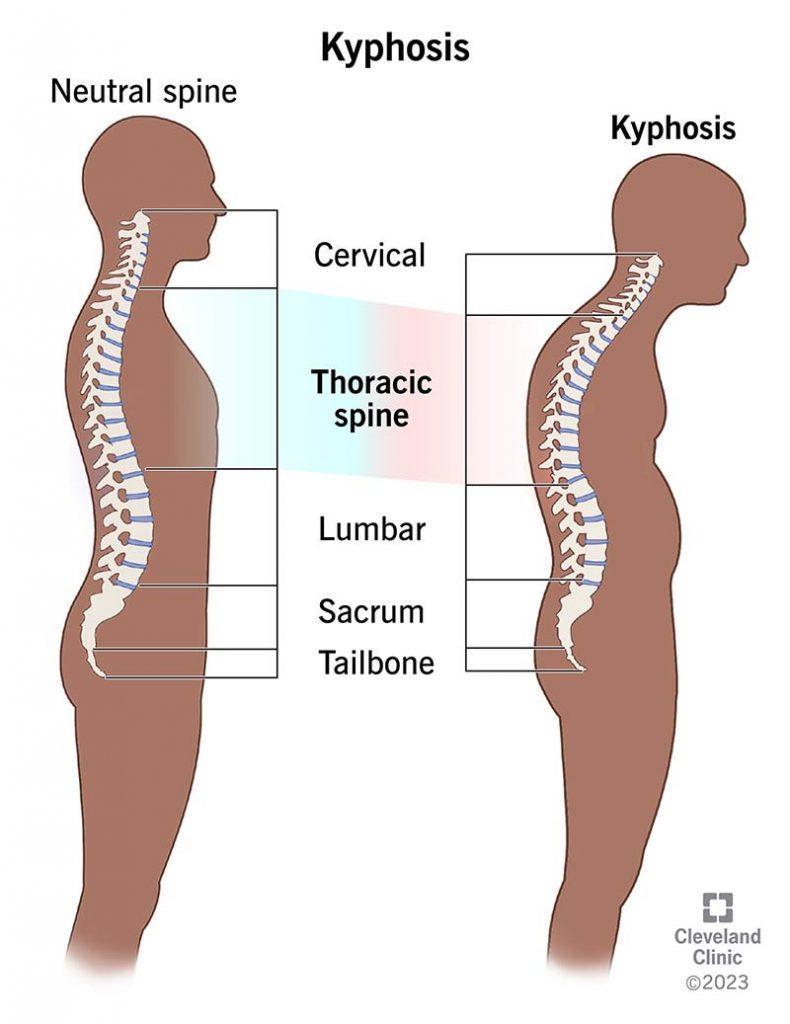Spinal Pain – Symptoms, Diagnosis and Treatments

Understanding Spinal Pain: Causes, Symptoms, and Treatments
Spinal pain, particularly in the lumbar (lower back) and cervical (neck) regions, is very common and a leading cause of lost workdays. Lumbar muscle strains and sprains are the most frequent causes of lower back pain. Although the thoracic spine (middle back) can also experience pain, it’s less prone to injury due to its rigidity compared to the more flexible lumbar and cervical regions.
Common Causes of Spinal Pain
- Lumbar Muscle Strain and Sprain: Strains occur when muscle fibers are overstretched or torn, while sprains happen when ligaments (tissue bands connecting bones) are overstretched. Both can result from sudden injuries or gradual overuse.
- Thoracic Spine: Less frequently injured due to its rigid structure but can still be a pain site.
Why the Lumbar and Cervical Spine are Vulnerable
The lumbar and cervical regions bear significant weight and are involved in many movements, making them susceptible to strain and sprain.
Symptoms of Spinal Pain
- Central or para-spinal soft tissue pain without radiating to arms, legs, or chest.
- Pain radiating into extremities suggests nerve compression, potentially requiring surgery.
- Other symptoms include stiffness, muscle spasms, persistent pain, and loss of motor function like difficulty tiptoeing or heel walking.
Diagnostic Testing
If pain persists beyond two weeks, diagnostic tests such as X-rays, MRIs, CT scans, and EMG/NCV tests may be necessary to identify underlying causes like spinal disc injuries.
Non-Surgical Treatments
- Initial Treatment: Reduced activity and short-term bed rest (1-3 days). Prolonged rest can weaken muscles and increase stiffness.
- Medications: NSAIDs for mild to moderate pain, muscle relaxants, and narcotics for severe pain.
- Physical Therapy: Tailored treatments including pelvic traction, massage, ice/heat therapy, ultrasound, electrical muscle stimulation, and stretching exercises.
Prognosis
Most patients recover from lumbar strains or sprains within a month. Treatments like heat, ice, and anti-inflammatory medications can manage flare-ups. Preventive measures include strengthening abdominal muscles, correct lifting techniques, maintaining good posture, quitting smoking, avoiding stress, and keeping a healthy weight.
When Surgery is Needed
Surgical intervention might be necessary for conditions like herniated discs, which can cause significant pain, numbness, or weakness due to nerve pressure. Surgery options include:
- Discectomy: Removal of herniated disc material.
- Laminectomy: Removal of a portion of the vertebra.
- Spinal Fusion: Joining two or more vertebrae to improve stability.
- Artificial Disc Surgery: Replacing a damaged disc with an artificial one.
Post-Surgery Care
Patients receive specific instructions post-surgery, including pain management, possible use of a spinal brace, and supervised rehabilitation. Gradual improvement is expected, but any adverse symptoms like fever, new weakness, or unusual pain should prompt a re-evaluation by the surgeon.
Prevention Tips for Spinal Pain
- Strengthen abdominal muscles with exercises like crunches.
- Use proper lifting techniques.
- Maintain good posture.
- Avoid smoking and manage stress.
- Keep a healthy weight.
Understanding these common spine issues, their symptoms, and treatments can help manage and prevent spinal pain effectively. Always consult a healthcare professional for personalized advice and treatment options.
